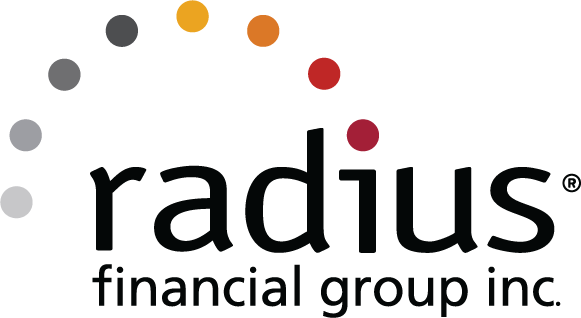Adjustable-rate mortgages (ARMs) may not have the best reputation, but there are many pros and cons to choosing this home financing option. An ARM is a mortgage with an interest rate that changes at set intervals, usually based on a chosen index, such as the one-year Treasury constant maturity rate, the 11th District Cost of Funds (COFI), or the London Interbank Offered Rate (LIBOR). How do you know if an ARM loan is right for you?
On one hand, it might be a good choice if you plan to sell or refinance within a few years. However, if you plan to hold onto your property for the life of the mortgage, it may not be the best choice. Before you decide to finance a property with an ARM loan, read this blog post to understand your options, and the pros and cons of this type of financing.
What Are the Different Types of ARMs?
Not all ARMs are created equal. They vary in terms of how they’re repaid, how long they last, and how often their rates change. Here are a few of the most common types of ARMs:
- Hybrid ARMs: Have a low fixed rate for a set amount of years (5, 7, 10). After the initial rate period, the rate is adjusted every year.
- 5/1 ARMs: Fixed rate for the first five years with a rate adjustment every subsequent year
- 7/1 ARMs: Fixed rate for the first seven years with a rate adjustment every subsequent year
- 10/1 ARMs: Fixed rate for the first 10 years with a rate adjustment every subsequent year
- Interest-only ARMs: Pay only interest and no principal during the initial period (the balance remains the same). At the end of that time, the remaining principal is amortized and payments increase substantially.
- Payment option ARMs: This type of ARM is rare and offers a choice of payment options, including:
- Standard principal and interest payment
- Interest-only payment
- Limited payment
When selecting an ARM, you should also check the caps, or limits, on how much the interest rate can change. ARMs typically have a lifetime cap and a periodic cap:
- Periodic caps place a limit on how much rates can change in any one adjustment period.
- Lifetime caps establish a maximum interest rate for the life of the loan.
- Payment caps limit how much a monthly payment can increase.
- Payment caps come with a risk of negative amortization, meaning the amount you pay is not enough to cover the interest, so the amount you owe will actually increase even though you’re making payments.
Overall, ARMs are considered riskier than fixed-rate mortgages, because your mortgage payments will be inconsistent and will most likely increase in the future. Before settling on an ARM, it’s important to discuss the terms with an expert and make sure you understand any potential risks.
When Is an ARM Loan a Good Idea?
An ARM might be a good choice if you plan to sell or refinance within a few years. That way you can take advantage of the attractive introductory terms and either sell or refinance in order to get a fixed rate. An ARM could also be a smart move if you want to take advantage of low rates at the beginning and you’re confident that your income will increase substantially down the road when the interest rates are set to rise.
If you’re purchasing an investment that you plan to flip quickly, an ARM could work. And if you intend to pay off short-term debt within the next five years, it’s worth taking a look at the ARM options available.
An ARM is pretty much always a bad idea if you plan to hold on to the property for the life of the mortgage and you don’t expect your financial situation to improve substantially in the future.
Pros and Cons of ARM Loans
The upsides and downsides of ARMs are pretty clear. They’re ideal if you want to reap the benefits of low interest rates now, and don’t plan to stick around and wait for the other shoe to drop. Here are a few of the pros and cons of ARMs:
Pros
- Lower initial interest rates, often lower than fixed-rate mortgages
- More home-buying power (because of the lower rates)
- Possibility of rates dropping at some point
- Potential to build equity more quickly
Cons
- Monthly payments likely to increase substantially in the future
- Unpredictable interest rates
- Your rate could go up even if the index rate drops
- Risk of negative amortization (the loan balance becoming larger than what you borrowed)
- Not available for USDA loans
The process of applying for an ARM is the same as a fixed-rate mortgage, although it could be easier to qualify for an ARM because the lower initial interest rate might keep you under the debt-to-income ratio limit.
Get Started on Your Path to Homeownership
No matter what type of home loan makes the most sense for you, the first step in the process toward homeownership is prequalification. Find out more about that process and how to skillfully navigate the first-time home-buying process in our mortgage preparedness e-book.
